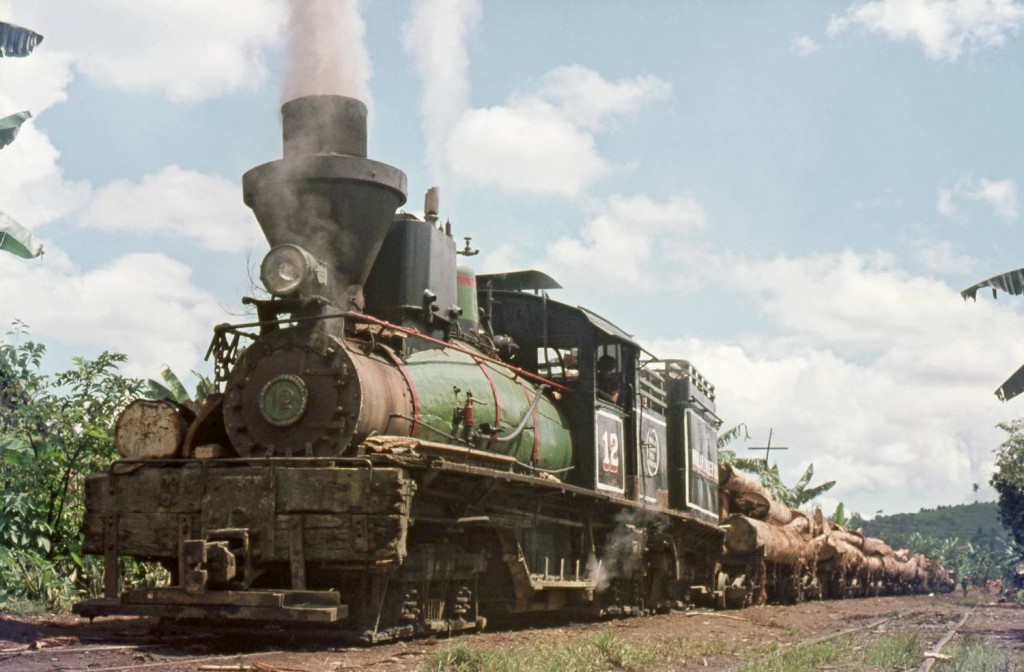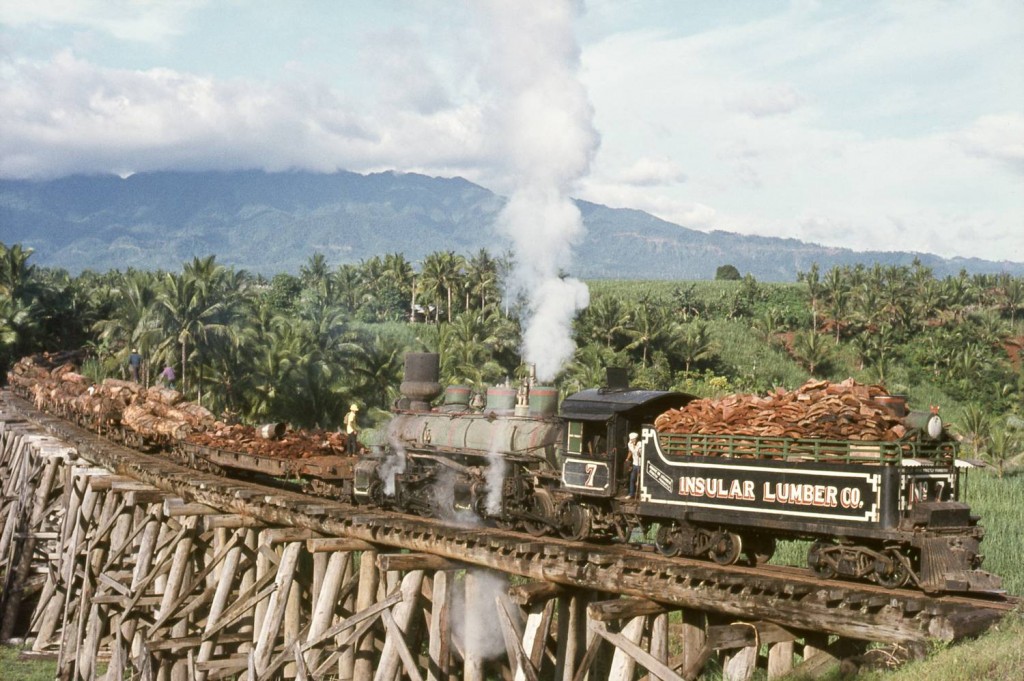Colin Garratt is a man with a mission. He has spent his lifetime photographing steam trains, trying to preserve these magnificent machines on film before they vanish into history and become as strange, remote, and incomprehensible as the penny farthing bicycle. In 1969 he threw in his steady job, to become a professional photographer specializing in Britain’s disappearing rail heritage. In the autumn of 1970 his first book “Symphony in Steam” was published. This led to TV appearances and various magazine articles followed.
His understanding that the world of steam – which had powered the Industrial Revolution – was rapidly disappearing led to an expanded mission: covering steam engines wherever they were in the world. The result of this is a compendium of awesome mechanical masterpieces, shot in India, Latin America, China and many other locations. He calls these engines, “Lost Leviathans” and this is the title of his latest coffee table book documenting these great beasts of steam. “Over the last 40 years the steam locomotive has declined rapidly in all parts of the world and the task I set myself has always been a race against time. Lost Leviathans embraces over 40 countries until as recently as 2009 and yet virtually everything illustrated in this book has disappeared.”
His first overseas expedition took him to India. The British Raj had built a railway infrastructure during the years it ruled the giant country and the land has provided a goldmine of old trains to photograph, as well as railway enthusiasts to take Colin to where the last few are hiding, “to date twenty expeditions have been made to China and eight to India. I came to regard India as my second home; I loved every minute of being there and many of the happiest days of my life were spent there.”
Because China is the country where steam trains hung on the longest, it is a major attraction for Colin, “China has played an enormous role in my work as, apart from being one of the world’s great railway nations, it was the last big user of steam power. I was captivated by the massive steam building programme which continued into the 1990s. China’s industrial vistas are also like nothing on earth whilst the now legendary Ji Tong Railway across Inner Mongolia was the world’s last all steam main line.”
Besides the photographs, Colin is renowned for his innovative multi-media lectures on the magnificence of these machines, often including specially-composed music.
Originally he began working on film, preferring Agfa stock. His expeditions were sponsored by Agfa and Practica cameras. The use of film in remote locations caused many problems, as Colin relates, “Digital technology has added much depth to photography. Looking back on almost forty years of using film I can’t imagine how we coped working blind. Being away for months on end without seeing the pictures done, I would return home with a huge bag of film to be taken personally to Agfa’s processing laboratory in Wimbledon, [London]. There could have been an unknown fault with the camera, whilst the night pictures, with their difficult exposures, were particularly nerve- racking. The concept of being able to see the pictures captured at each shoot is unbelievable.” He switched to digital imaging and Canon cameras a few years ago, and has never looked back.
The advent of digital processing means that some pictures of vanished locomotives,which, for whatever reasons, did not quite reach the quality Colin requires, were able to be improved and added to the collection.
Colin and his staff run the Milepost 92½ railway photo-library, named after the railway marker on the Midland Main line which runs from London to the UK heartland, right next to the farmhouse where it is based 92½ miles from the British capital. It houses the most comprehensive collection of railway images in the UK, both modern and archive, British and world-wide.
“What have I learned from so many experiences?” Colin says, “Simply that my faith in human nature has been fortified and the one single thing learned above all else is the similarity of the human race wherever they are and whatever their society. Almost without exception I have been welcomed and treated with respect wherever I have been.”
Although active steam trains had disappeared from the USA before Colin started his photographic odyssey, US-built locomotives were in operation all over the world and the photos accompanying this article show some of the interesting ones he has pictured.
Lost Leviathans is available from Amazon:
http://www.amazon.com/Lost-Leviathans-Worlds-Working-Locomotives/dp/1900193701
All pictures copyright Colin Garratt.




